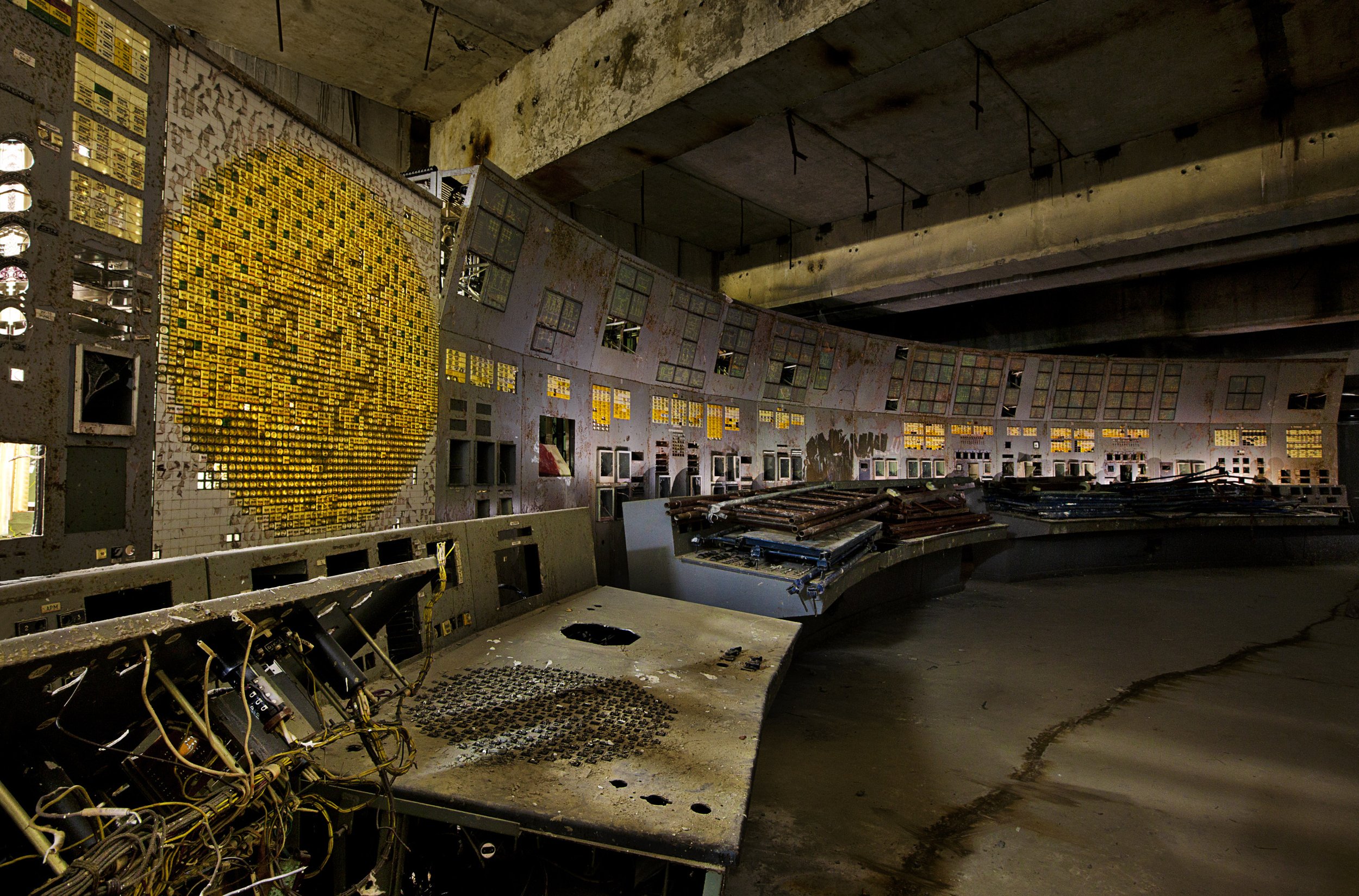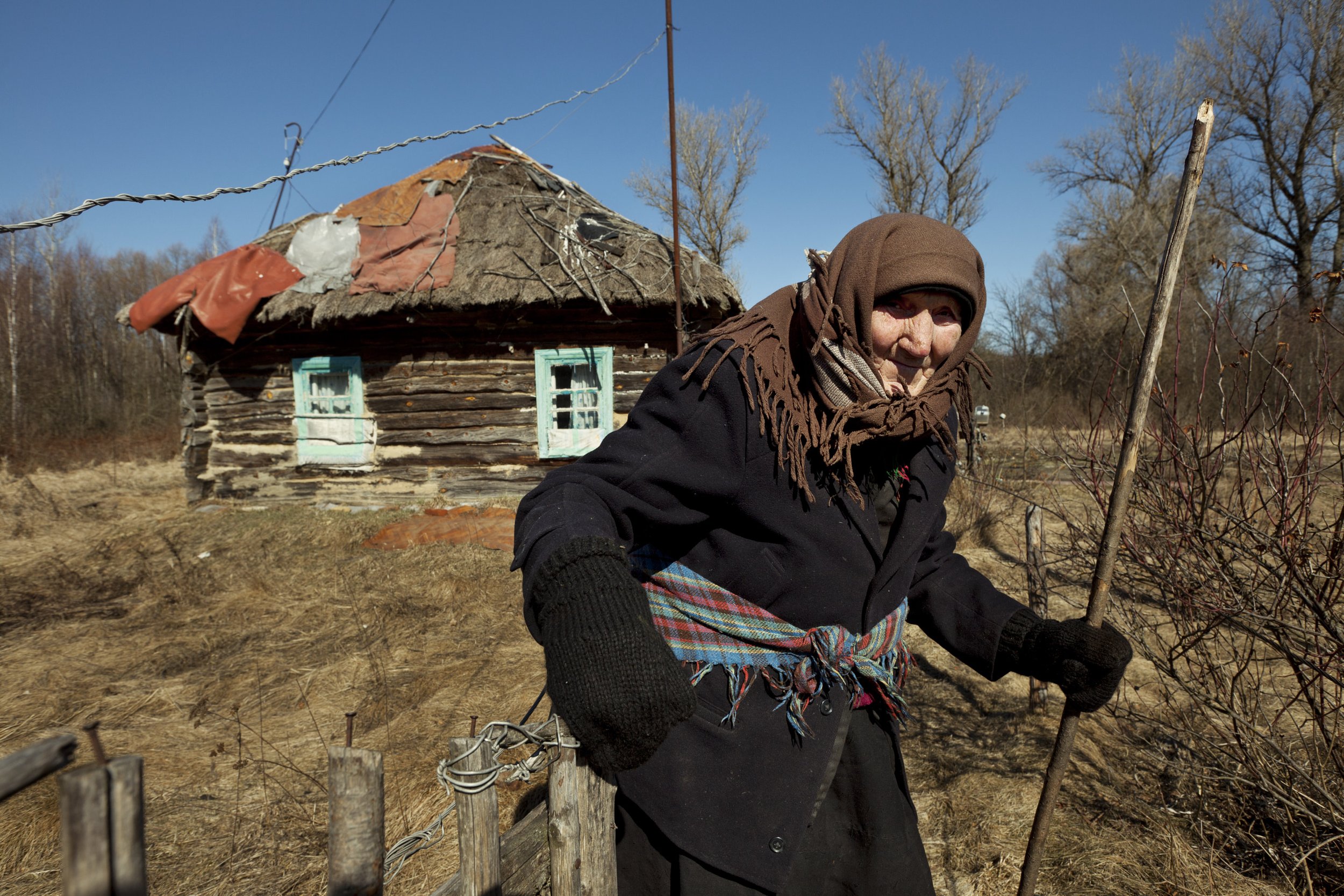On 26 April 1986, at 1:23 am, the Chernobyl Nuclear Power Plant’s reactor #4 blew up after operators had botched a safety test, triggering an explosion and a fire that burned for 10 days. The radioactive fallout spread over tens of thousands of square kilometers, driving more than a quarter of a million people permanently from their homes. Up to this very day, the long shadow of Chernobyl continues to darken lives – socially, environmentally, and physically. From the first day, officials downplayed the damages of the Chernobyl disaster, and the misinformation continues: a 2006 United Nations report claims that as a result of the disaster an estimated 9,000 people will eventually succumb to cancer related illnesses. However, reputable environmental organizations such as Greenpeace state that more than 100,000 people have already died as a result of the accident.
As the world remembers the Chernobyl nuclear disaster, and in view of the catastrophe at the Fukushima Nuclear Power Plant following the earthquake in Japan, these images remind us that accidents like Chernobyl are a possible outcome of nuclear power – anytime, anywhere. The failed Chernobyl Nuclear Power Plant sits at the core of a restricted area commonly known as the Exclusion Zone. Radioactive remnants continue to smolder inside the so-called sarcophagus, a concrete and steel encasement hastily erected after the accident. Only intended to be temporary, it is leaky and structurally unsound. Scientists agree that it will ultimately give way, shaking loose enough radioactivity to cause a second disaster of even greater magnitude. For years, desperate efforts were underway to shore up the sarcophagus and protect its roof from collapsing. A recently added support structure is holding together the decrepit assembly of the leaning western wall.
“An easing of the bureaucratic barriers helped me to venture deeper into the reactor than any western still photographer. After donning my protective gear, state-of- the-art Geiger counter, dosimeters and an extra layer of 3-4 mm thick plastic overalls, I followed a group of six workers into the belly of the beast. The workers, assigned to drill holes in the concrete to stabilize the roof, additionally wore gas masks and oxygen tanks. We had to move fast. The radiation levels in this area are so high that, despite our protective gear, access was limited to a maximum of 15 minutes per day. It was the most challenging photographic situation I’ve ever encountered. The space was dark, loud, and claustrophobic; we rushed through dimly lit tunnels strewn with wires, pieces of shredded metal and other debris, and I struggled not to trip; while photographing I needed to dodge the spray of sparks from the drillers in highly contaminated concrete dust; and I knew that I had less than 15 minutes to capture arresting images of an environment that few have ever seen, and that I might never access again. The adrenaline surge was extraordinary. To exacerbate the situation, after little more than halfway through the allotted shift, our Geiger counters and dosimeters began beeping – an eerie concert reminding us that our time was up. Torn between my natural instincts to survive and my desire as a photographer to stay longer, it was challenging to stay focused and work efficiently and fast, but without haste.”
After years of negotiations, a French consortium was commissioned to build a New Safe Confinement, estimated to cost 1.5 billion Euros. The 29,000 ton metal arc, 105 meters high and spanning 257 meters across, will eventually slide over the existing edifice to allow deconstruction of the ailing shelter. It will also lock in the approximately 200 tons of molten nuclear fuel rods, keeping the lethal remnants from endangering the globe. The completion date for the confinement has been pushed back repeatedly. In the 1970s, the town of Pripyat, less than 3 km away from the reactor, was constructed for the plant’s personnel. Once a beautiful town by Soviet standards, its 50,000 inhabitants were evacuated 36 hours after the accident. Today a chilling ghost town, its buildings bear witness to the hasty departure. Dolls are scattered on the floors of abandoned kindergartens; children’s cots are littered with shreds of mattresses and pillows; and in a gymnasium, where teens once trained, floors rot and paint peels. Amidst the surrounding decay, decades after the catastrophe, nature reclaims the town: trees grow through broken windows, and grass pushes up through the cracks in dormant roads that once were glorious promenades – but the town remains unfit for human habitation for hundreds of years to come.
While television audiences watched the nightly news of the nuclear tragedy Unfold in Japan, others were experiencing the aftermath of a nuclear disaster firsthand. They were traveling to Chernobyl – as tourists. Tours are still underway and the most arresting attraction for them is the ghost town of Pripyat, where tourism is leaving its mark: less and less the town bears honest witness to the hasty departure of the former residents. Instead, there are signs of the visitors’ need to simplify the message – most noticeably the lonely doll, sometimes neatly arranged next to a gas mask, has become a standard motif. Ignoring radiation levels, several hundred elderly people have returned to their village homes inside the Exclusion Zone, preferring to die on their own contaminated soil instead of a broken heart in anonymous city suburbs. At first, Ukrainian officials discouraged them, but soon turned a blind eye and are now even providing them with regular medical check ups. Finding themselves surrounded by devastation and isolation, many of these returnees have taken to heavy drinking. An estimated 800 000 liquidators participated in containing the reactor, and the gargantuan clean-up efforts following the nuclear catastrophe. Most of them received high doses of radiation, resulting in cancers and other exposure-induced diseases, often only flaring up decades after the event. 70% of the fallout drifted into southern Belarus, contaminating nearly a quarter of the country. As a direct response to the accident, a children’s cancer facility was established in Minsk with Austrian aid. Even though the Belarusian government is downplaying the role of Chernobyl, those scientists and medical personnel who are able to speak out openly see a clear connection between the increasing health problems and the radioactivity released by the disaster. To help the innocent and most needy, international charities fund several institutions for mentally and physically disabled children. Women exposed to the fallout as children have now reached childbearing age and fear giving birth to babies with congenital defects, worrying how radiation may have affected their genes. While some in the scientific community question that birth defects and retardation are directly attributable to the disaster, noted scientist Alexei Okeanov has described the health effects of the accident as ‘a fire that can’t be put out in our lifetimes’.
“As engaged photographers we often report about human tragedies in the face of disaster, and take our cameras to uncharted areas with the understanding that our explorations are not without personal risk. We do this out of a deep commitment to important stories told on behalf of otherwise voiceless victims. While covering this story, I met many caring and courageous people who allowed me to expose their suffering solely in the hope that tragedies like Chernobyl may be prevented in the future.”
Gerd Ludwig






















